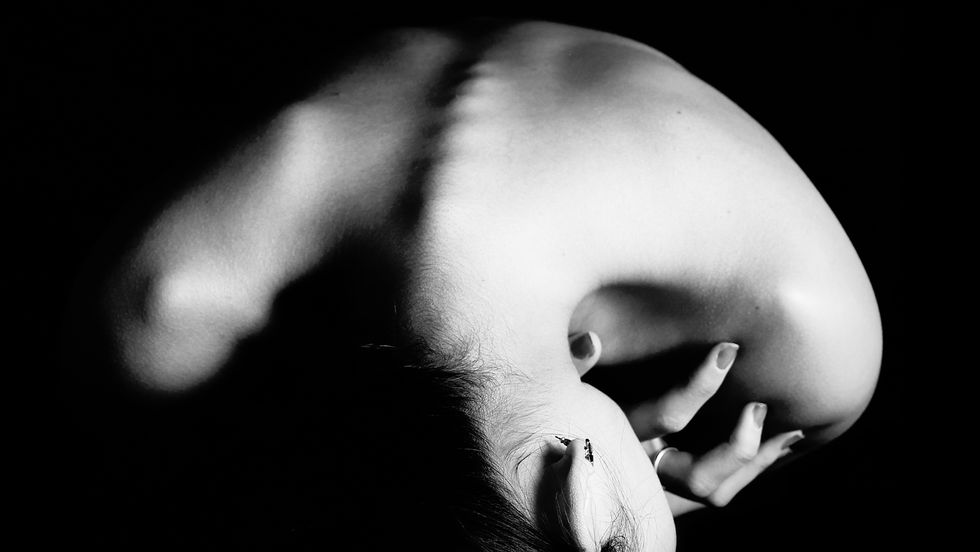In Western culture, being thin is not only considered a desirable physical trait in women, but women are, for the most part, expected to be thin. If they do not fit this unrealistic ideal of what a woman should look like they are often shamed, judged and even bullied for it. The burden of having to stay thin weighs the heaviest on fashion models.
Models, especially ones working during the last few decades, are forced to be stick thin in order to get jobs. Many get and stay this thin by not only doing an extensive amount of dieting and exercising but by engaging in dangerous behaviors that include greatly restricting the amount of food they eat, overexercising and throwing up after eating, among other problems. If these damaging behaviors take place over a period of months they are categorized as eating disorders, which have many dangerous side effects that, in some cases, ultimately lead to death. Unfortunately, every 62 minutes there is at least one fatality directly caused by an eating disorder. The unrealistic standard of bone thin that is placed on models has a negative effect on the people who view their ads and the runway shows they walk in. Eating disorders now affect millions of Americans who now want to be model thin. According to Nationaleatingdisorders.org twenty-million women and ten million men are affected by an eating disorder during their lifetime in the United States.
Recently, though, people are waking up to these problems within the modeling world, especially since they also have such a negative impact on the way average woman view herself. Over the last few years plus sized models, such as Ashley Graham, have become more commonplace in the industry as everyday women are getting fed up with not having models that come close to the average women who is size 16-18. But the term plus-size in the modeling world means something different than in our world. While 50% of women wear size 14 or larger, the majority of plus size models are size 6 to 14 making ‘plus-size’ smaller than the average woman. In a shocking move, one of the fashion capitals of the world, Paris, France, can no longer legally have super thin models. According to CBS News, models now are required to show a doctor's note proving they are healthy and have a normal BMI for a person of their size and height in order to work in France. This is a giant leap considering most models on the runway meet the criteria for anorexia on the BMI scale. France is also trying to fight unrealistic expectations for women when it comes to photos. Beginning on October 1st all photographs in which the model has been digitally altered aka photoshopped must be labeled "photographie retouchée," which, in English, means retouched photograph according to the BBC. These measures are there to prevent and dissuade eating disorders in the modeling community.
Hopefully, the modeling world will slow its obsession with thinness and continue to head in the right direction by using larger women and making sure to not use unhealthy models. Women deserve more than inconsistent sizing and only having models that reflect a small portion of our population. Being bony should not be the only way to be considered beautiful.



















